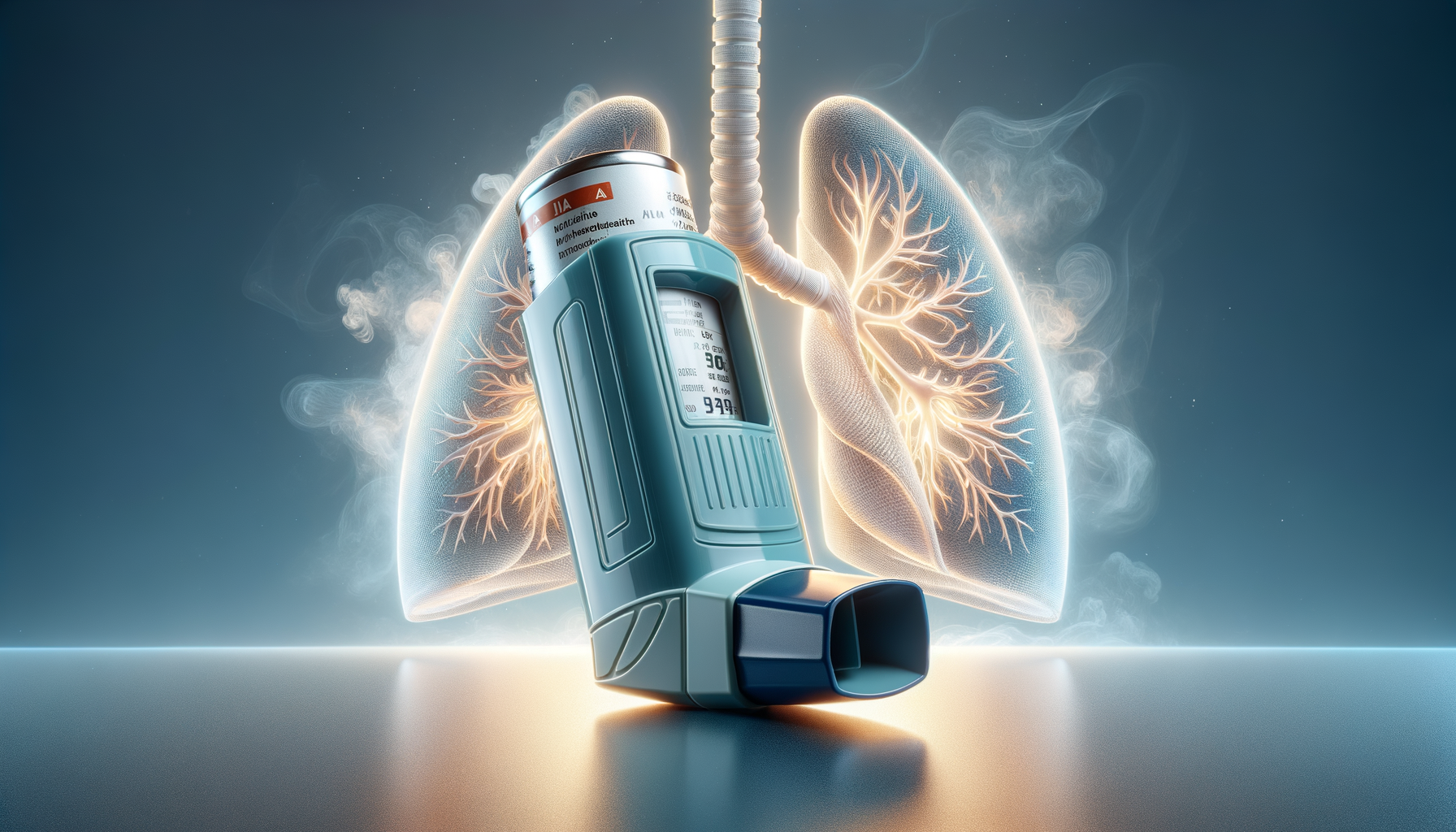
Style on Top
The Evolution of Men’s Hats
Hats have been a staple in men’s fashion for centuries, evolving in style and purpose to adapt to changing times and trends. From the early days when hats were a symbol of status and authority, to their modern-day role as a fashion statement, the journey of men’s hats is as fascinating as it is diverse.
Historically, hats were worn for practical reasons, offering protection from the elements. Over time, they became a symbol of social status. In the 19th and early 20th centuries, a man’s hat was as indicative of his social standing as his attire. The top hat, for instance, was a symbol of wealth and sophistication.
As the world moved into the mid-20th century, hats began to lose their status as a mandatory accessory, yet they continued to be an essential part of a man’s wardrobe. Today, hats are celebrated for their versatility and ability to express personal style, making them an integral part of both casual and formal wear.
Popular Styles of Men’s Hats
When it comes to choosing a hat, the options are as varied as they are stylish. Each style offers a unique way to complement an outfit and express individuality.
Some of the most popular styles include:
- Fedoras: Known for their indented crown and pinched sides, fedoras are a timeless classic that exude elegance and sophistication.
- Baseball Caps: A staple in casual wear, these caps are versatile and can be worn with almost any outfit.
- Flat Caps: With their rounded shape and small stiff brim, flat caps are a stylish choice for a smart-casual look.
- Beanies: Perfect for colder weather, beanies offer warmth and a laid-back style.
Each of these styles brings its own flair and can be selected based on the occasion, season, and personal taste.
Choosing the Right Hat for Your Face Shape
Finding the perfect hat involves more than just picking a style you like. It’s important to consider your face shape to ensure the hat complements your features.
Here are some tips based on face shapes:
- Oval: Lucky for those with an oval face, most hat styles will suit this shape.
- Round: Opt for hats that add some height, such as fedoras or trilbies, to elongate the face.
- Square: Rounded hats, like bowler hats, can soften the angles of a square face.
- Heart: Look for hats with a medium brim to balance out a broader forehead.
By considering these guidelines, you can enhance your overall look and ensure your hat is a flattering addition to your ensemble.
Materials and Craftsmanship
The choice of material and craftsmanship in a hat can significantly impact its appearance and durability. High-quality materials not only provide comfort but also ensure the hat maintains its shape and look over time.
Common materials used in men’s hats include:
- Wool: Ideal for colder climates, wool hats offer warmth and are often used in fedoras and flat caps.
- Cotton: Lightweight and breathable, cotton is perfect for summer hats like baseball caps and bucket hats.
- Leather: Adds a touch of ruggedness and is often used in caps and cowboy hats.
- Straw: A popular choice for summer, straw hats like Panama hats offer a stylish way to stay cool.
The craftsmanship involved in making a hat is equally important. Well-made hats are often hand-stitched and carefully constructed to ensure they stand the test of time.
Accessorizing with Hats
A hat can be a powerful accessory that enhances your outfit and adds a touch of personality. However, it’s essential to pair it correctly with your attire to achieve a cohesive look.
Consider these tips when accessorizing with hats:
- Color Coordination: Choose hat colors that complement or contrast your outfit for a balanced look.
- Occasion Appropriateness: Select hats that suit the occasion, whether it’s a casual outing or a formal event.
- Seasonal Selection: Opt for materials and styles that are appropriate for the season, such as wool for winter and straw for summer.
By thoughtfully selecting and pairing your hat, you can elevate your style and make a lasting impression.


